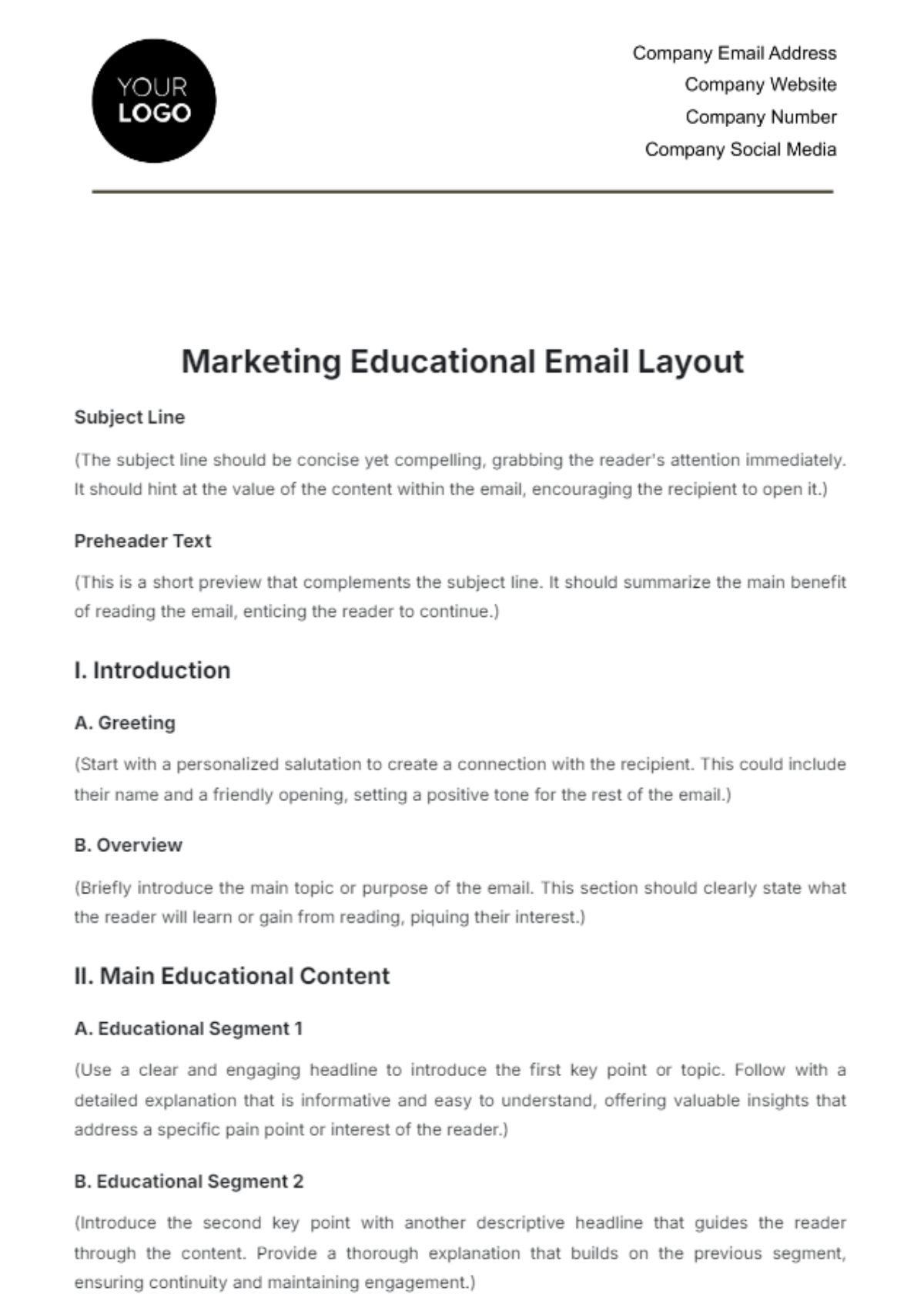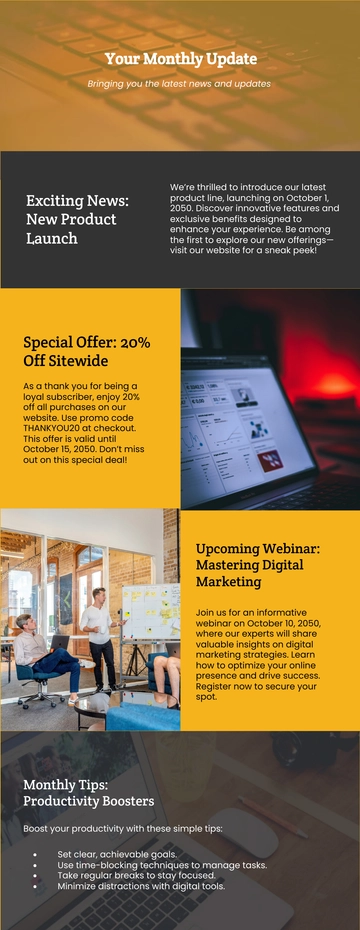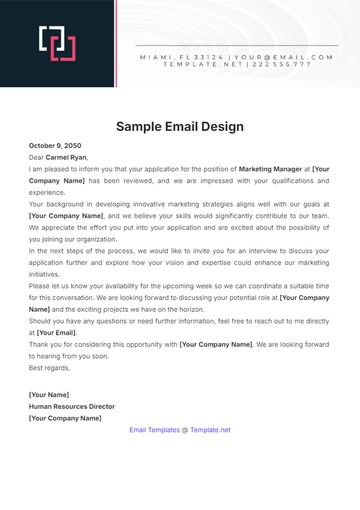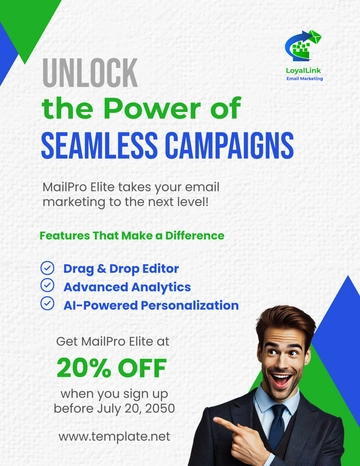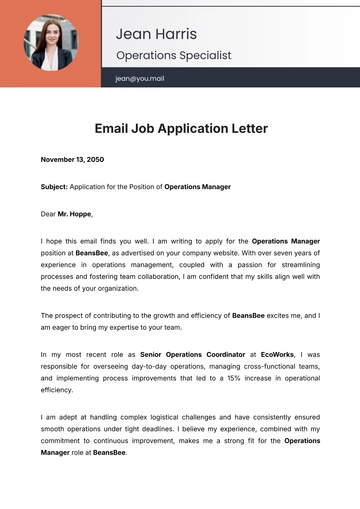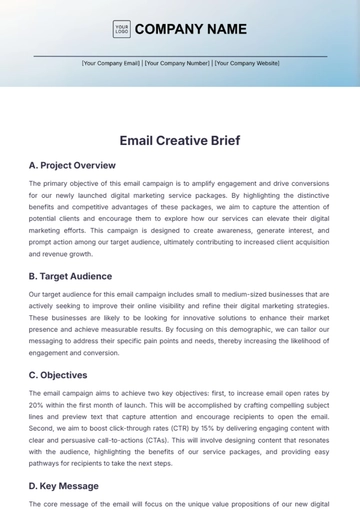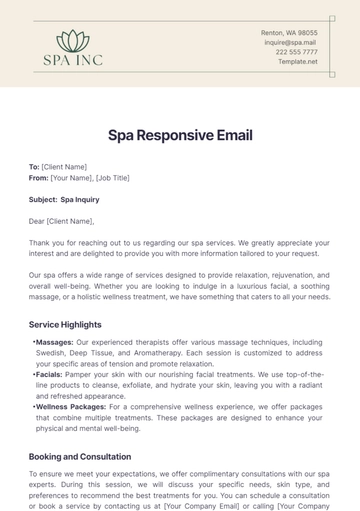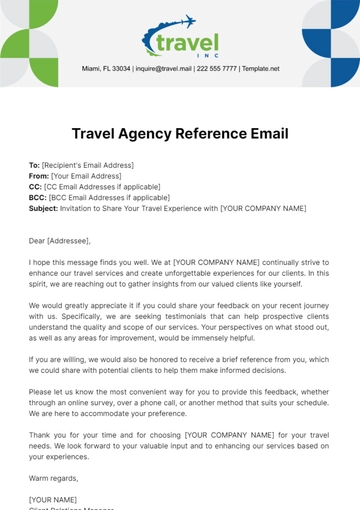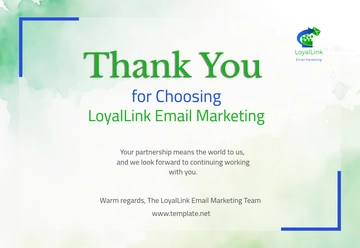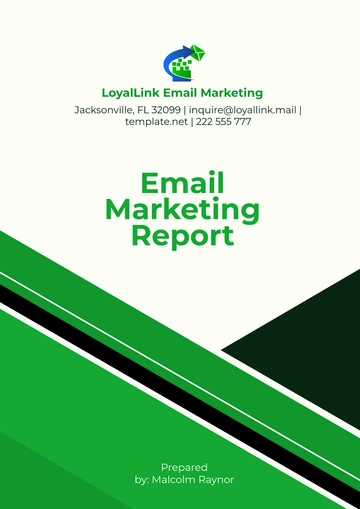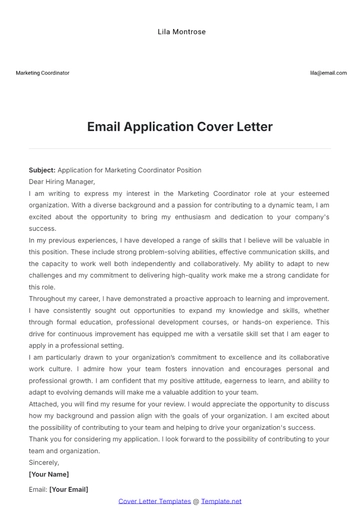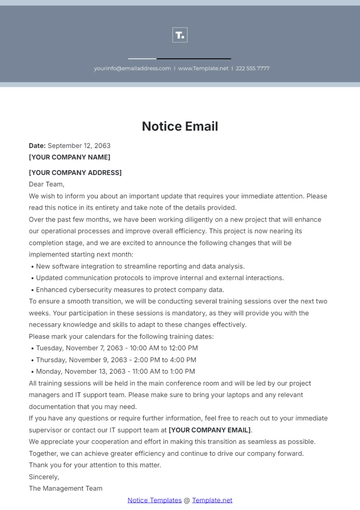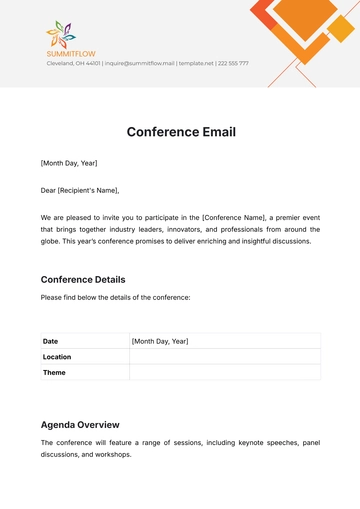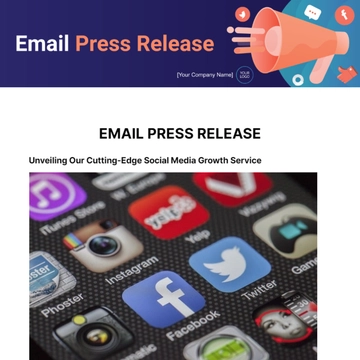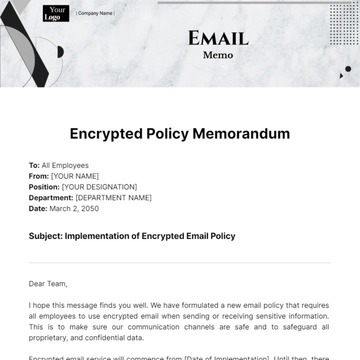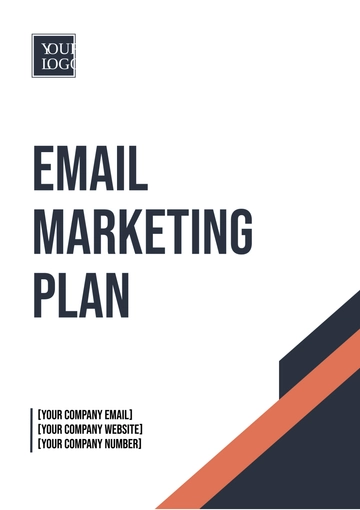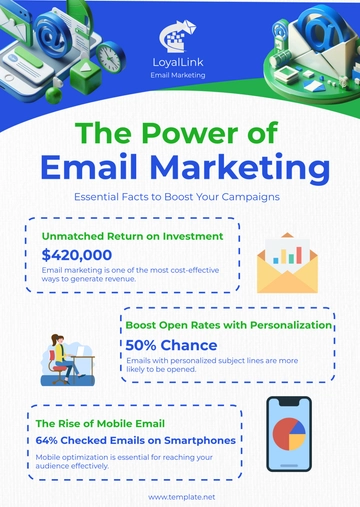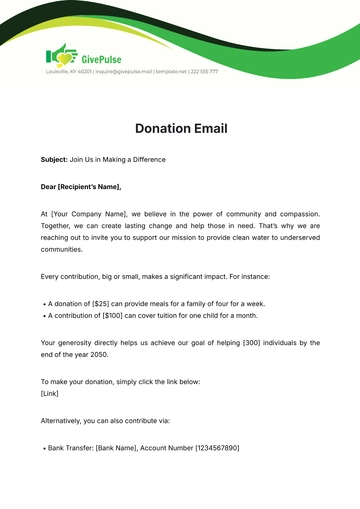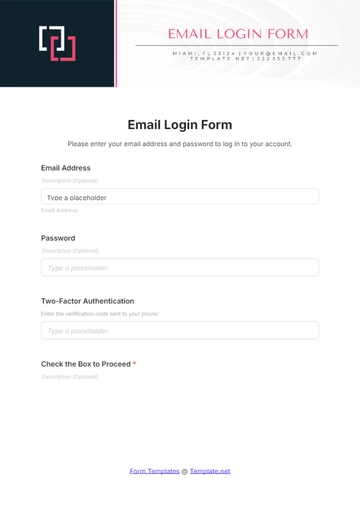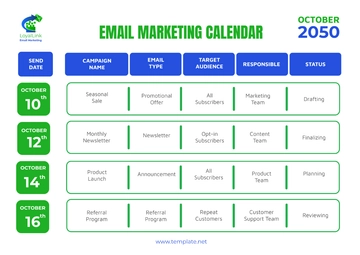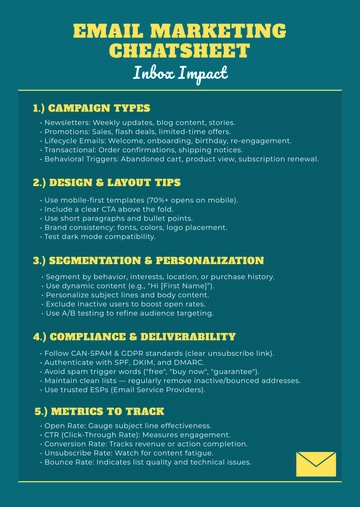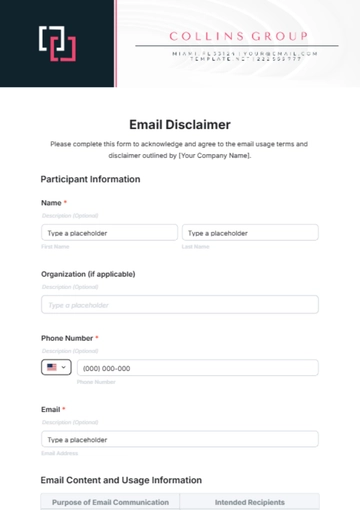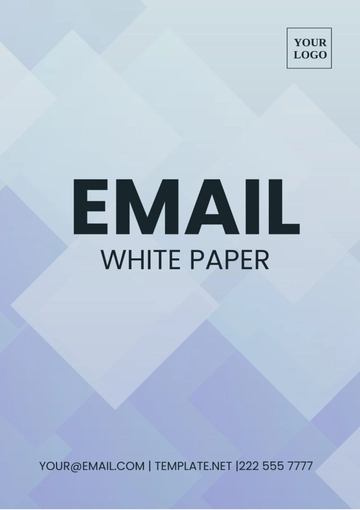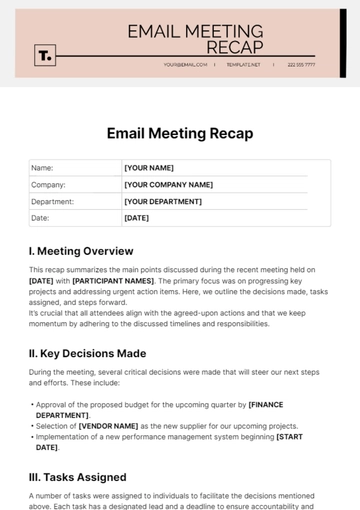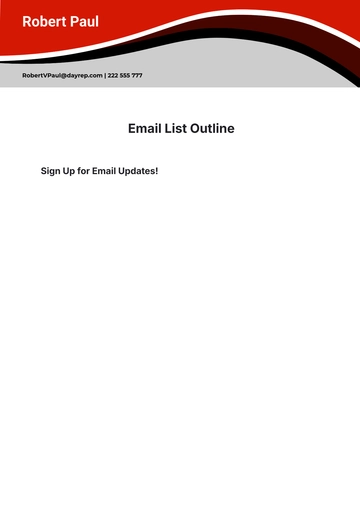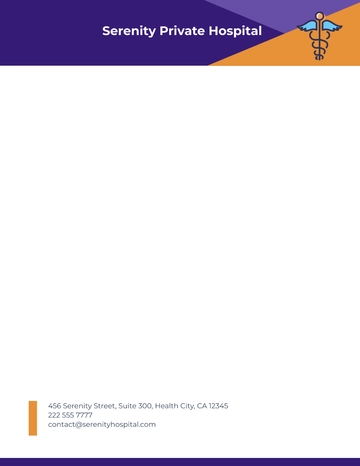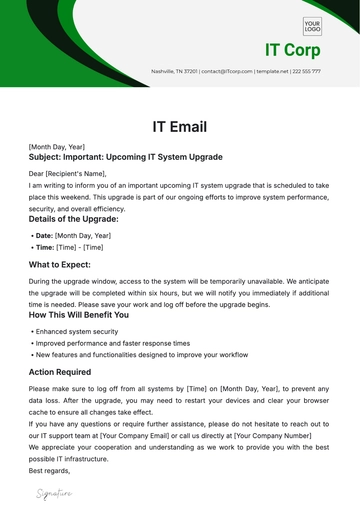Marketing Educational Email Layout
Subject Line
(The subject line should be concise yet compelling, grabbing the reader's attention immediately. It should hint at the value of the content within the email, encouraging the recipient to open it.)
Preheader Text
(This is a short preview that complements the subject line. It should summarize the main benefit of reading the email, enticing the reader to continue.)
I. Introduction
A. Greeting
(Start with a personalized salutation to create a connection with the recipient. This could include their name and a friendly opening, setting a positive tone for the rest of the email.)
B. Overview
(Briefly introduce the main topic or purpose of the email. This section should clearly state what the reader will learn or gain from reading, piquing their interest.)
II. Main Educational Content
A. Educational Segment 1
(Use a clear and engaging headline to introduce the first key point or topic. Follow with a detailed explanation that is informative and easy to understand, offering valuable insights that address a specific pain point or interest of the reader.)
B. Educational Segment 2
(Introduce the second key point with another descriptive headline that guides the reader through the content. Provide a thorough explanation that builds on the previous segment, ensuring continuity and maintaining engagement.)
C. Educational Segment 3
(Present the third key point with a headline that clearly indicates the topic. The explanation should wrap up the educational content by providing final insights or a summary of the key takeaways.)
III. Call to Action (CTA)
A. Primary CTA
(Encourage the reader to take immediate action with a strong and clear call to action. The CTA should be prominently placed, using action-oriented language like "Learn More," "Download Now," or "Sign Up Today.")
B. Secondary CTA
(Provide an additional, less urgent call to action that offers another way for the reader to engage. This could be an invitation to share the email, follow your social media, or explore related content.)
IV. Conclusion
A. Summary
(Recap the main points covered in the email, reinforcing the value of the content. This summary should be brief, reminding the reader of the key takeaways and benefits they’ve gained from the email.)
B. Final Encouragement
(End with a positive, forward-looking message that encourages the reader to act. This could be a gentle nudge to follow the CTA or a warm invitation to contact you for more information.)
V. Footer
A. Contact Information
(Provide clear and accessible contact information, including your company’s name, address, phone number, and email. This ensures that readers know how to reach you if they have questions or need assistance.)
B. Social Media Links
(Include icons or links to your social media profiles, encouraging readers to engage with your brand on other platforms. This can help extend the conversation and build a community around your content.)
C. Unsubscribe Option
(Clearly provide an option for recipients to unsubscribe from future emails. This is not only a legal requirement but also shows respect for the reader’s preferences.)
Marketing Templates @ Template.net
